The Picture Superiority Effect
The Picture Superiority Effect sounds extremely fancy and scientific, but it is actually very simple. Our brains think in pictures, so we remember pictures better than we remember words. Using pictures is how we learn faster.
Let’s try an experiment. I am going to say a word, and you are going to picture it in your mind. Ready? Apple. What did you just picture? I am guessing it was a piece of shiny red fruit, not a collection of letters.
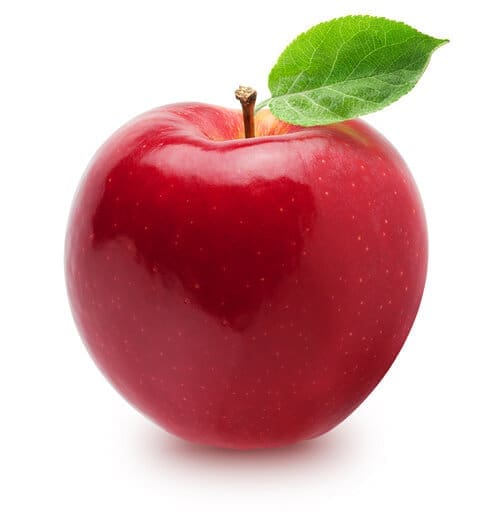
Not only do scientists know that our brains think in pictures, but they have even located where in the brain we think in pictures. The visual word form area is on the left side of the visual cortex. It is exactly opposite the fusiform face area. Our brains need to recognize faces, and our brains need to recognize the meanings of words.
Building Strong Neural Connections
Simply translating words between languages or looking up the definition of words in your home language does not build strong neural connections. Instead, we have to connect a mental image to our existing knowledge to really learn a new word.
I am all about leveraging what we know about how the brain works to make learning easier for students. You might be thinking, okay, pictures are easier to remember than words. That is good to know, but how much difference will it make in my classroom?
I will tell you. We process the information from pictures 60,000 times faster than information from words. I feel like that is ironic that I am sharing this information in a blog. Maybe I should have made a video…
However, as a strong reader, you are doing the hard work for me. Your brain is turning these words into a mental picture. It is what we do when we read. It is what we are teaching our students to do when they read.
However, when your students come upon a new word, they don’t have a mental picture, so they cannot fully comprehend what they read. We can help them by providing pictures of new words.
How to Learn Using Pictures
Using pictures to define new words is commonly recommended for ELL students, but I advocate for using picture vocabulary for all of your students. There is absolutely no downside to filling your classroom with picture clues.
Well, there is one downside. I experienced this when I was teaching fourth grade. I wanted to use pictures to teach some social studies vocabulary to my students, but I couldn’t find the pictures I needed. Despite spending hours searching, and I never found exactly what I needed.
In this blog, I want to share ideas that anyone can implement in their classrooms. You don’t have to buy anything to incorporate previews or writing to learn into your lessons. While you don’t have to buy anything to teach vocabulary using pictures, I can save you a lot of time and headache because I have been making them for science topics.
Each card has a description that includes a definition and relevant background information, but the most important part is the picture that illustrates the science concept.
How to Learn Faster Using Pictures in the Classroom
If I were still in the classroom, I would laminate these and use them in an interactive word wall. When I needed to introduce vocabulary, we would talk about it as a class, and I would show them the picture card. Then, I would put the card on the word wall using velcro so that students could pull it down if they wanted a closer look.
Remember how I said we learn new words by connecting mental images to existing knowledge? I would also use these cards to play connection games with my students. I would give small groups complete copies of the cards and have them organize them into a framework that made sense to them. How are the words connected? What do the words tell us about each other? Then, the entire class would do a gallery walk and see how each group organized their cards.
I would also give students individual copies of the cards by printing multiple cards on a page to have these visual cues in their science notebooks. They could also use the cards as flashcards with a partner for repetitive practice with the vocabulary words.
There are so many learning opportunities when you combine pictures, vocabulary words, and cards. They are three of my favorite things!
I incorporate pictures into most of my resources, but I also have specific vocabulary cards. You can get vocabulary cards on Types of Waves, Organelles of the Cell, Speed, Velocity, and Acceleration, or Isotopes. The isotopes vocabulary cards are even a freebie!
Are You Teaching Another Science Topic?
I am working on creating more science units so that every science teacher can get exactly what he or she needs for her students. You can also read about how I use brain science to teach other science topics on my blog. Click the pictures below to learn more.
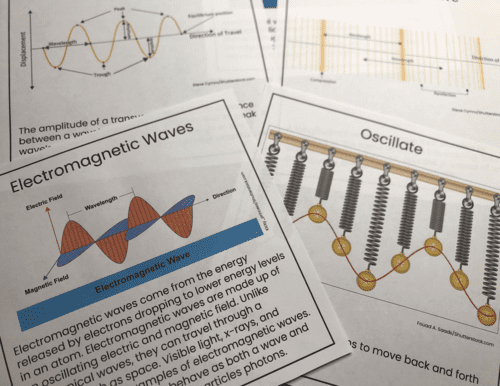
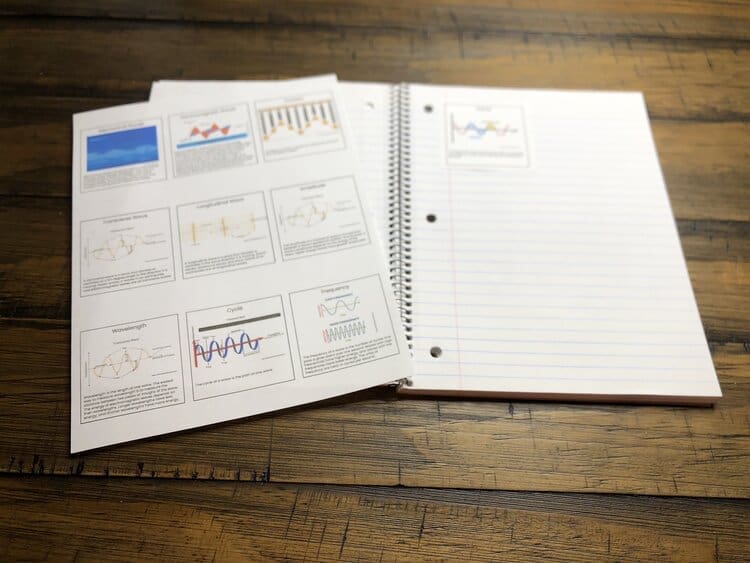
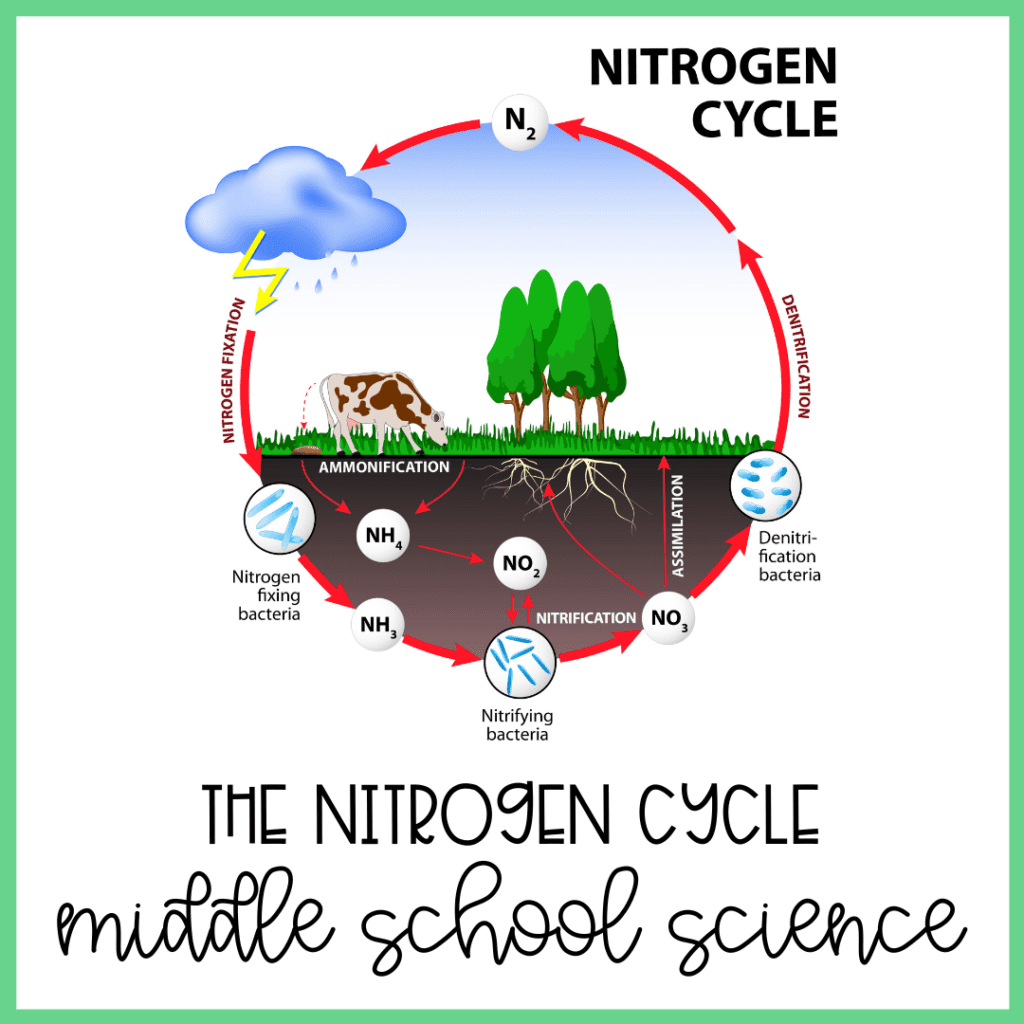
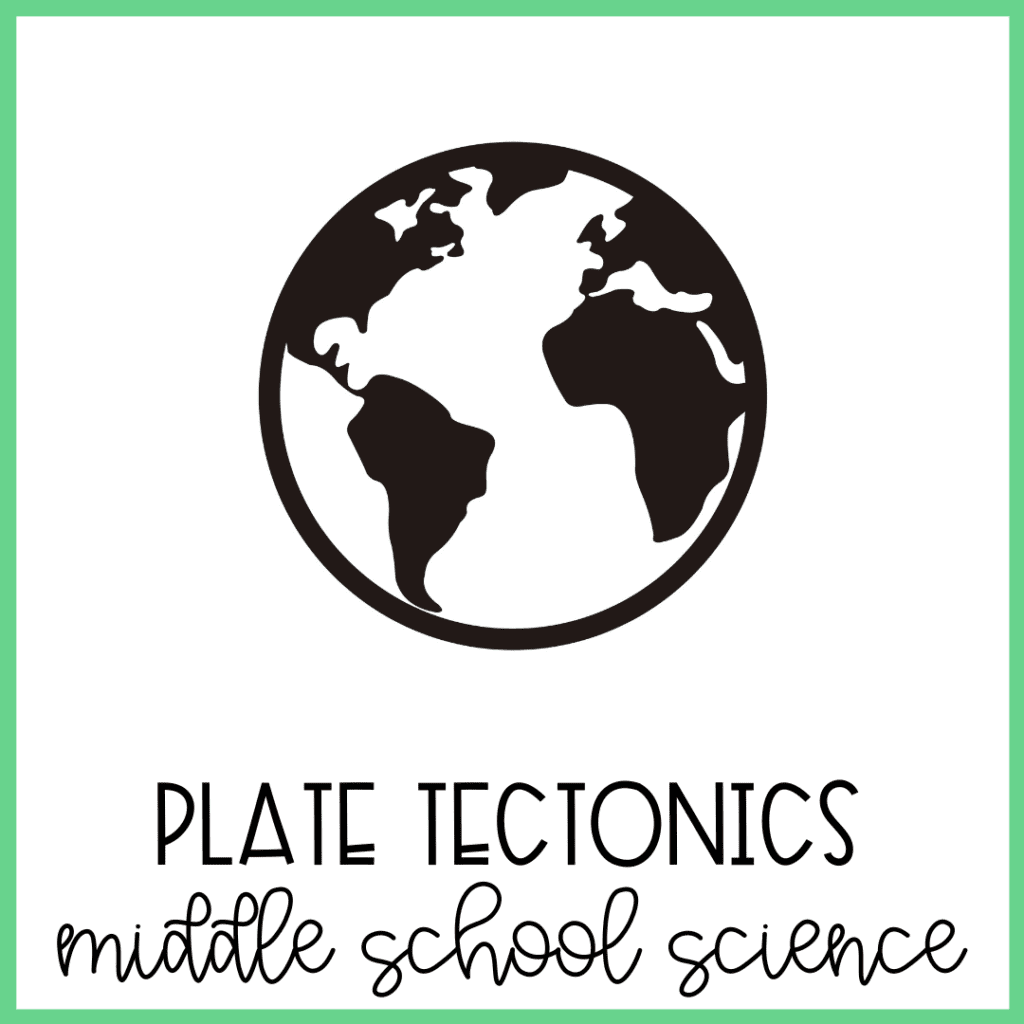

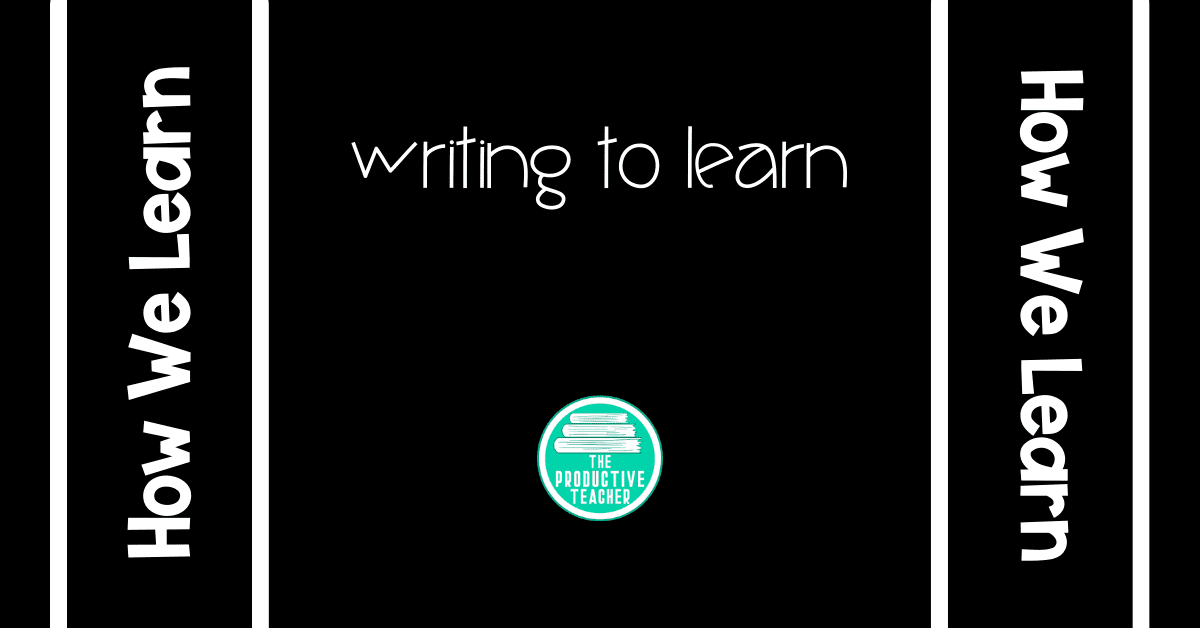
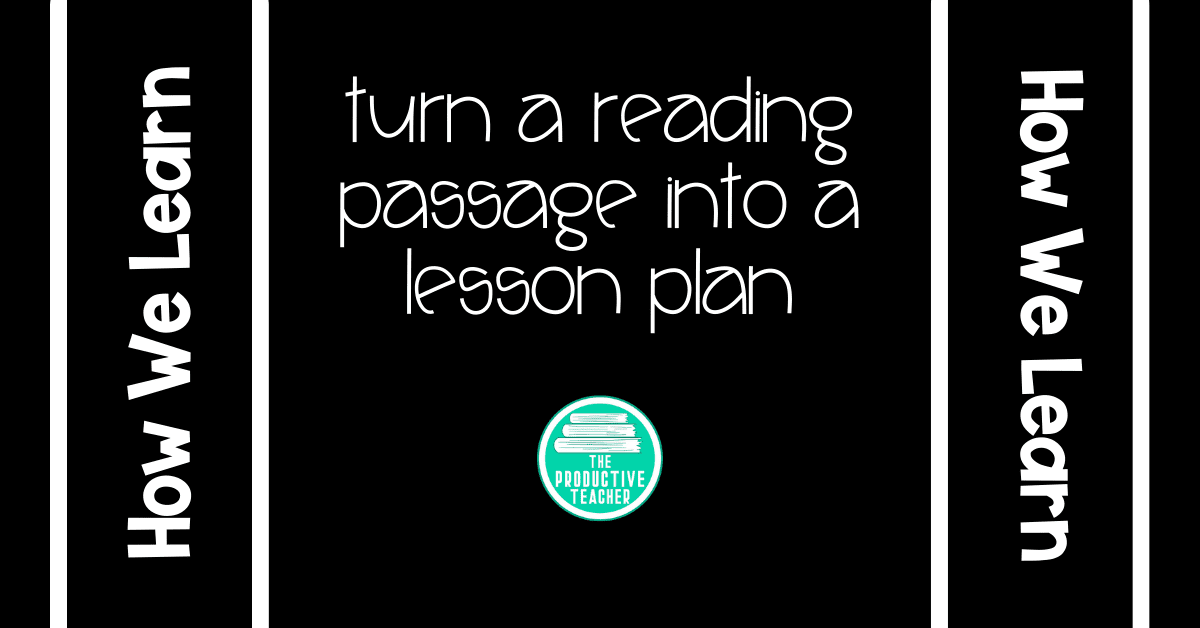
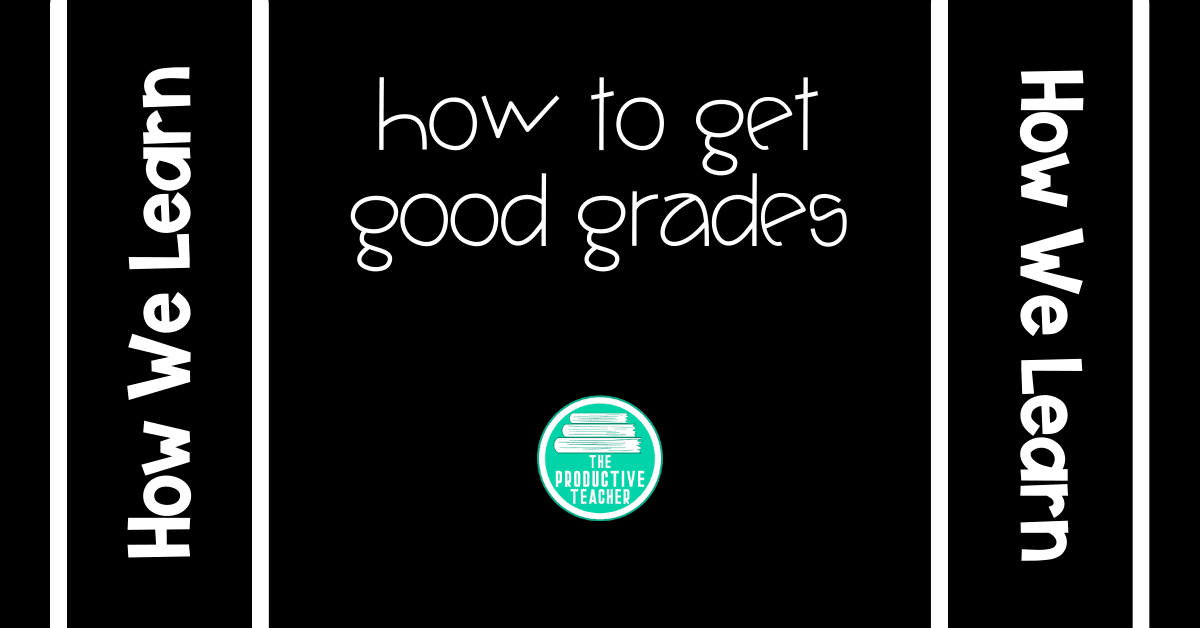
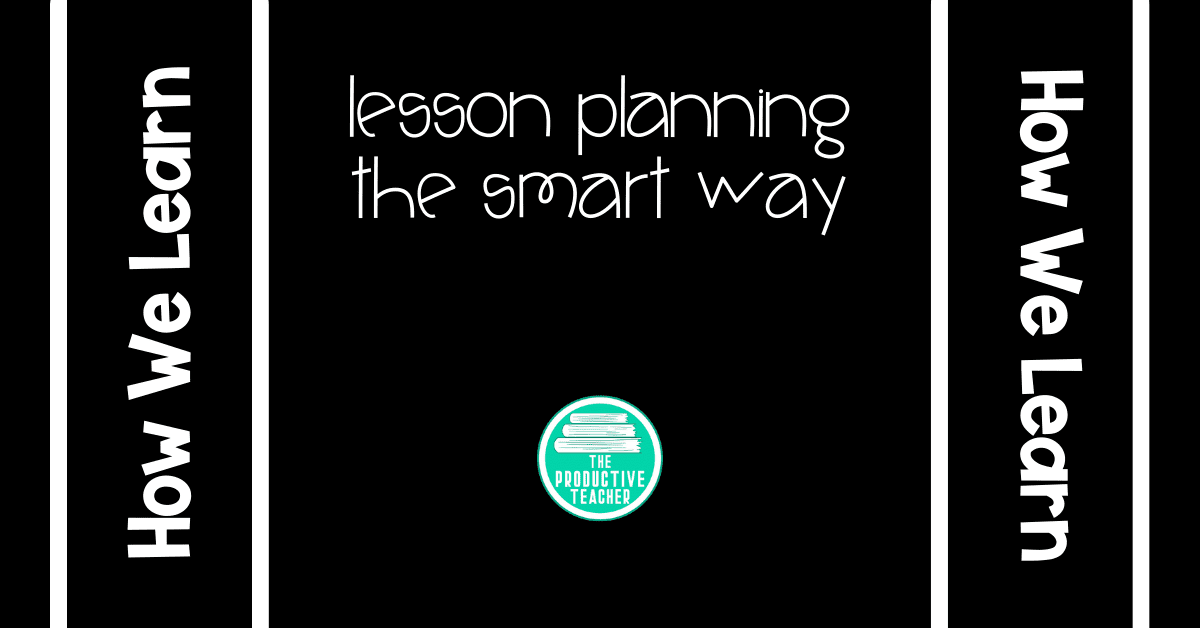
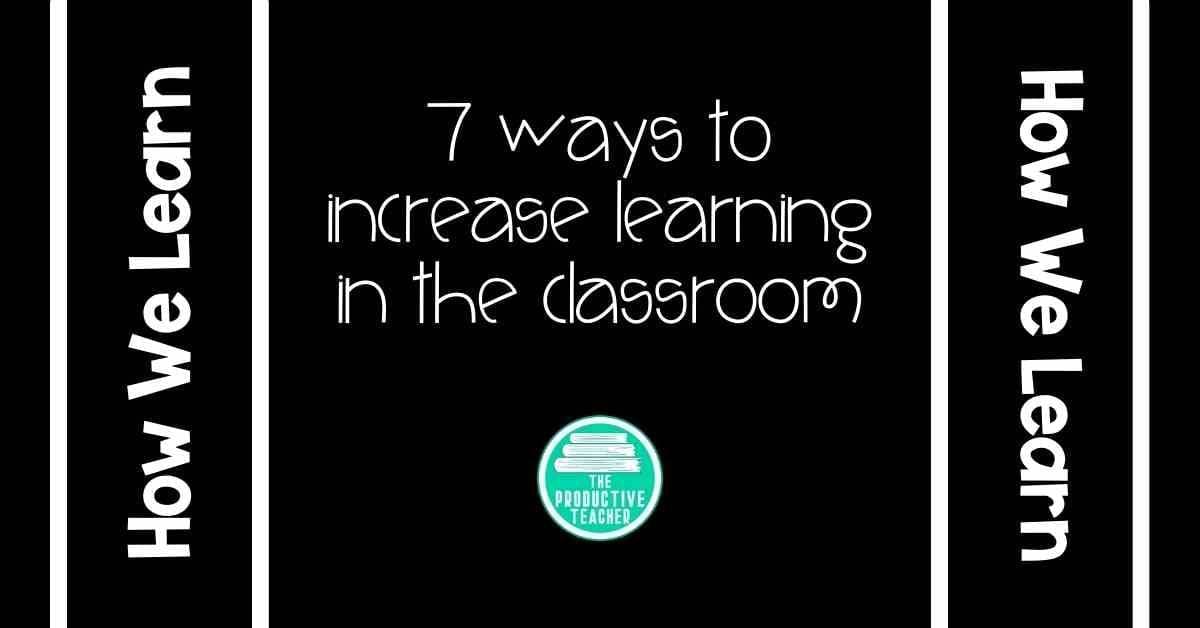
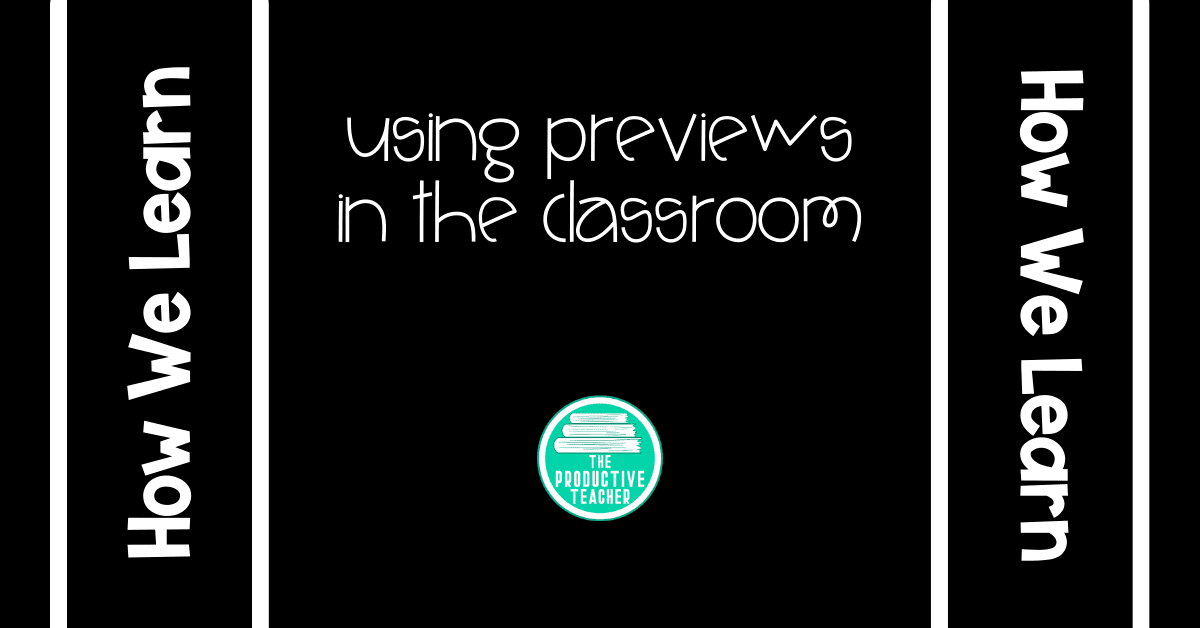
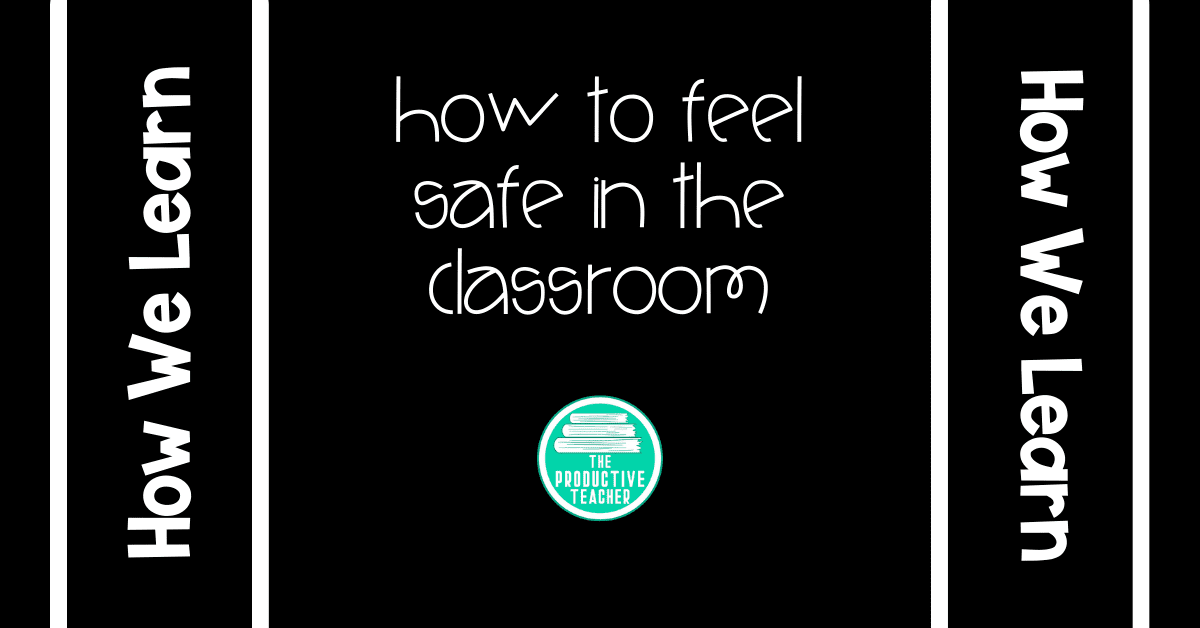
Leave a Reply